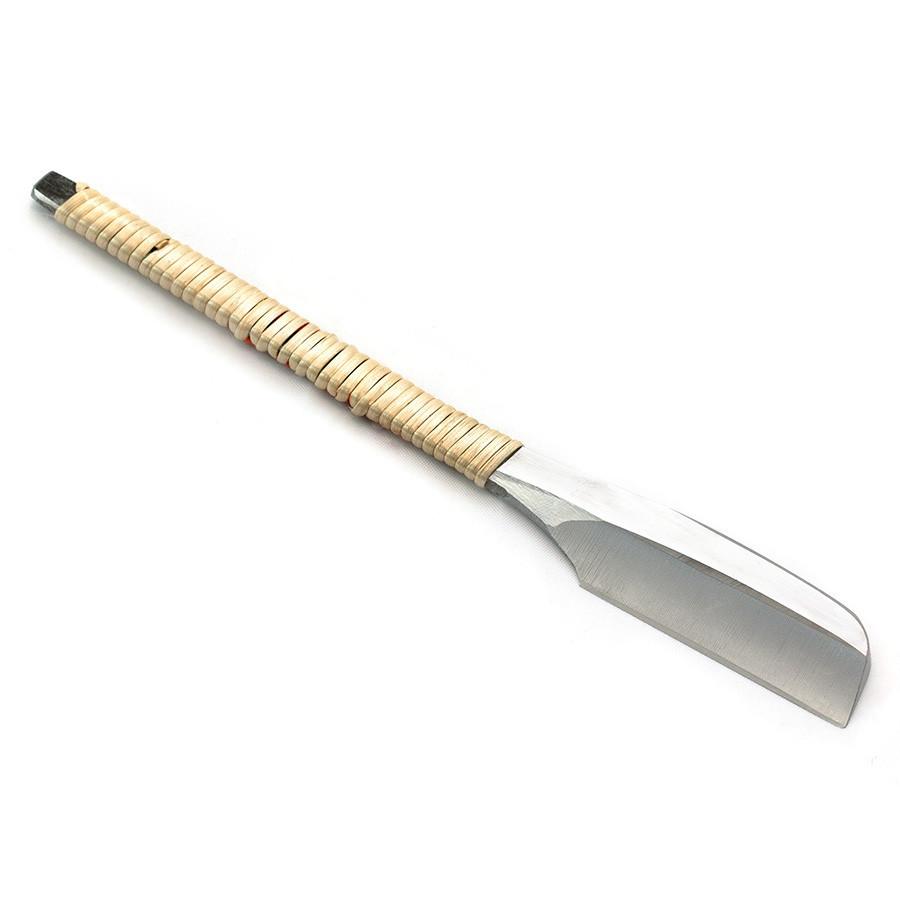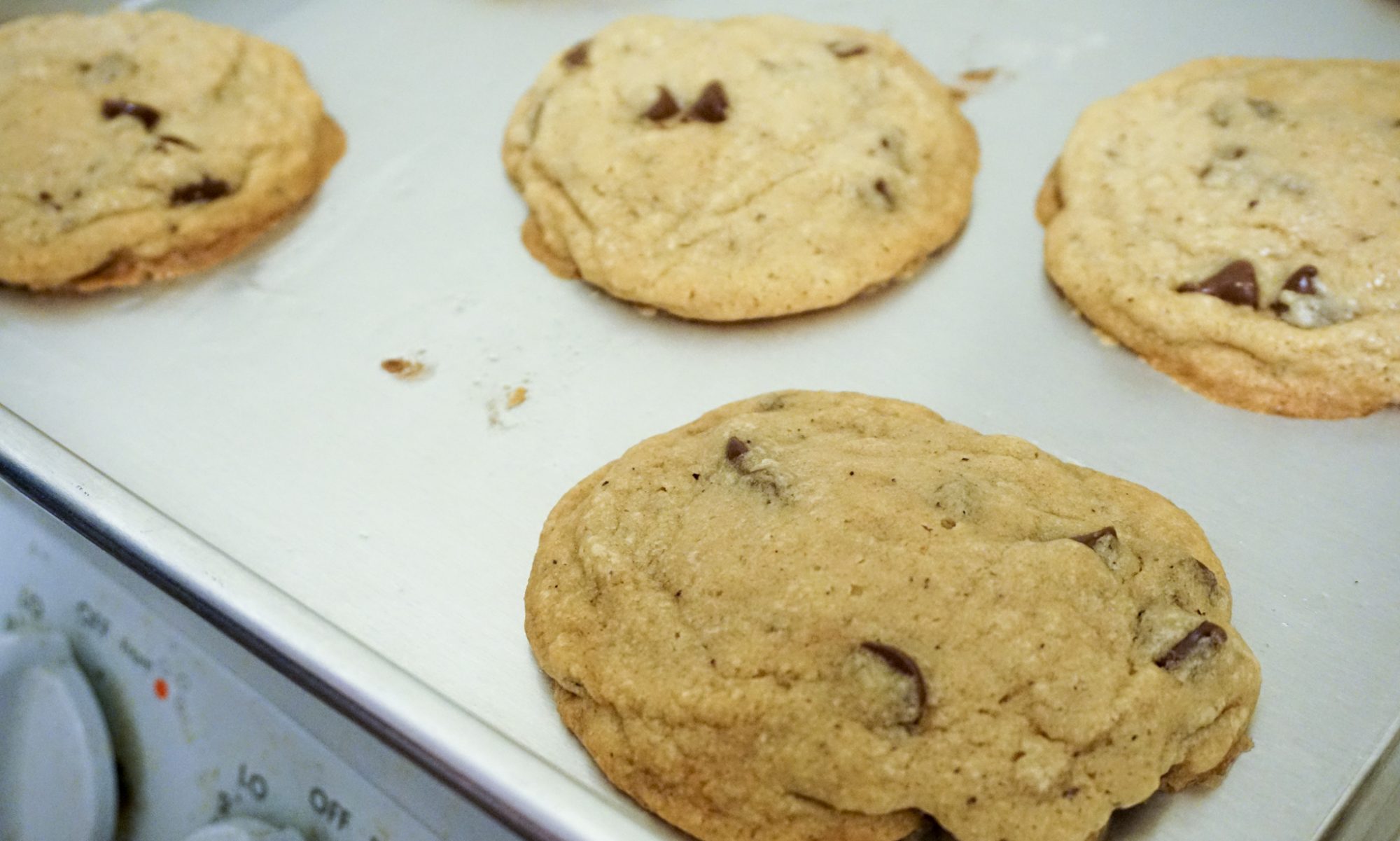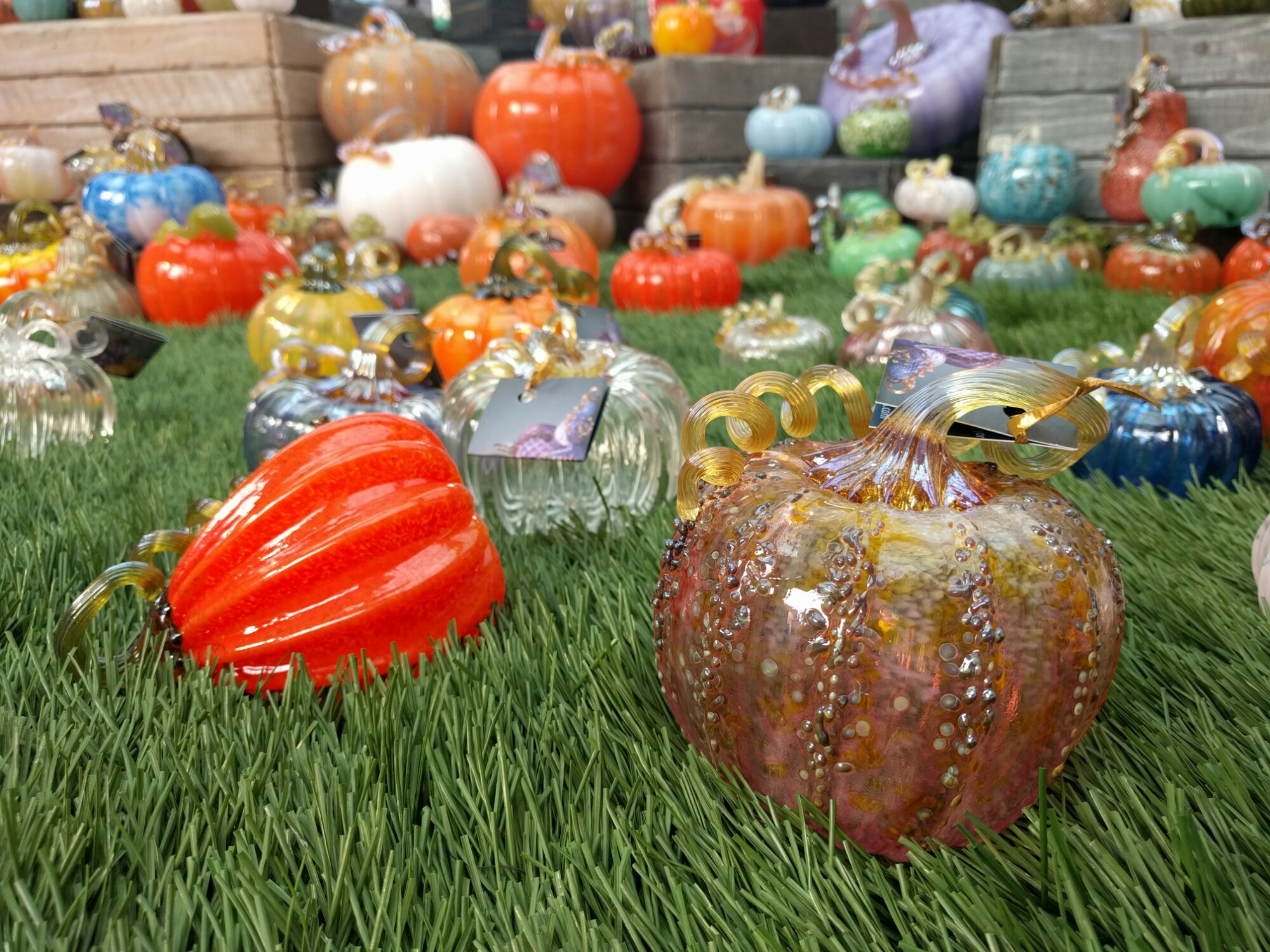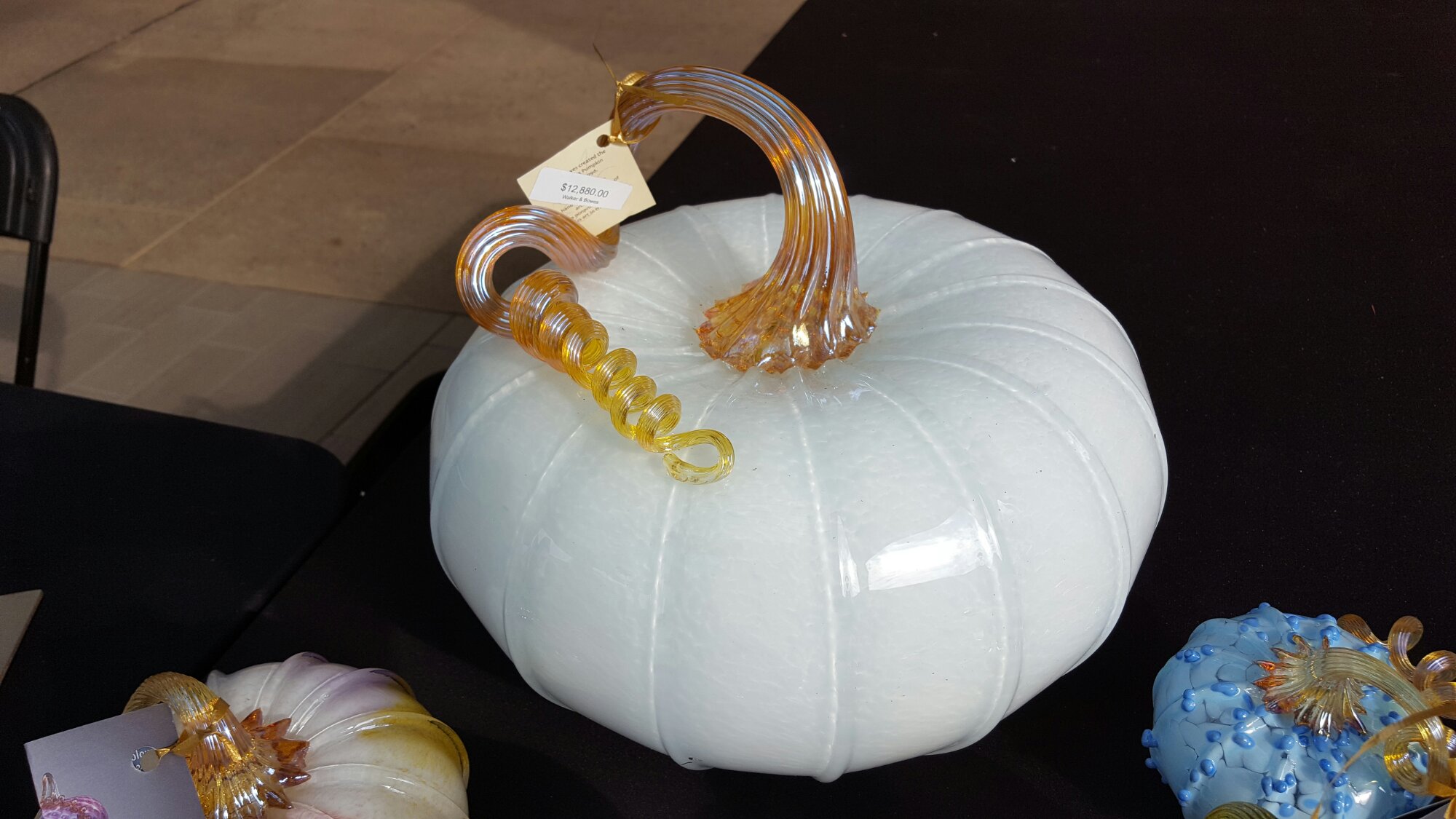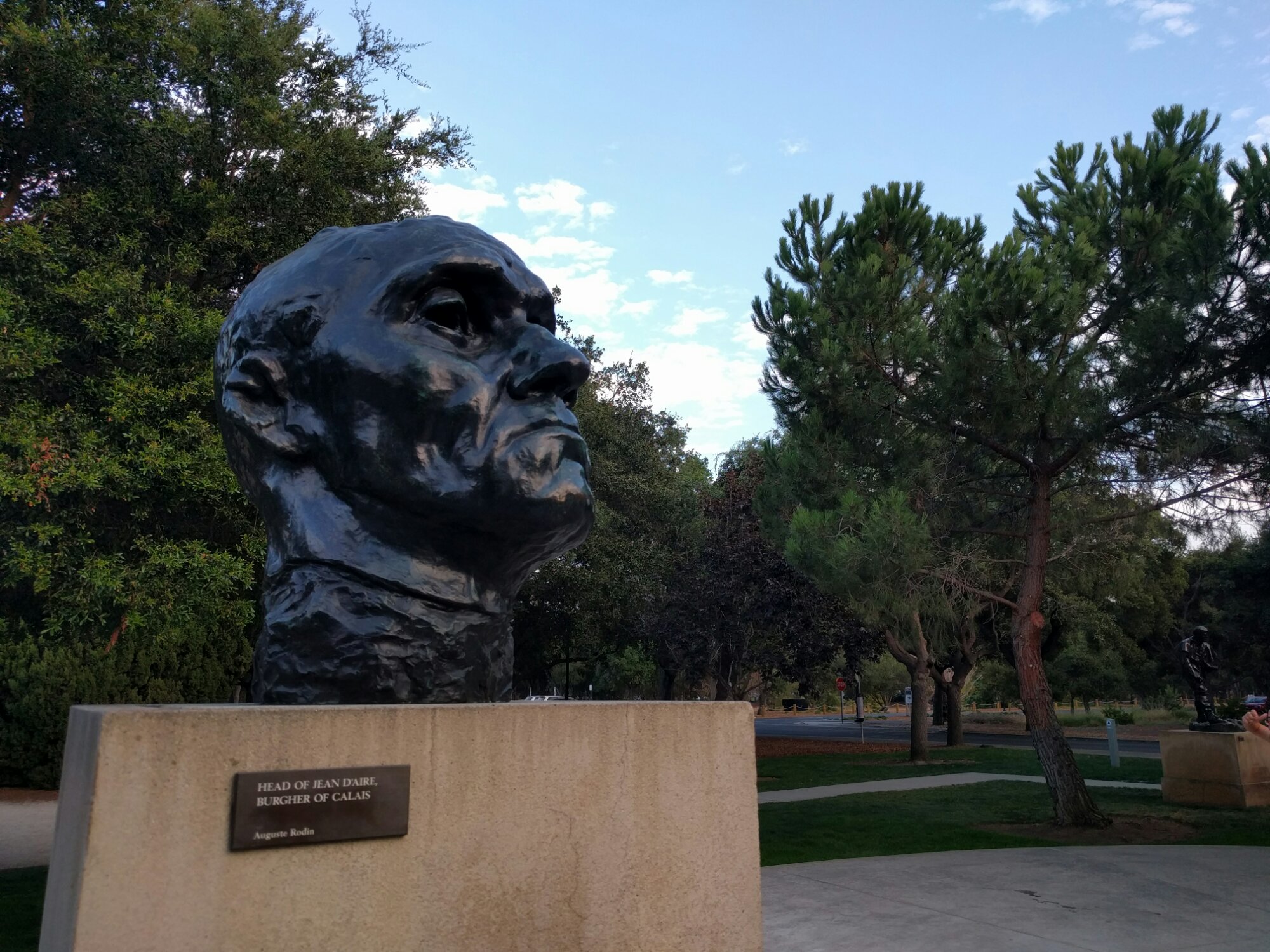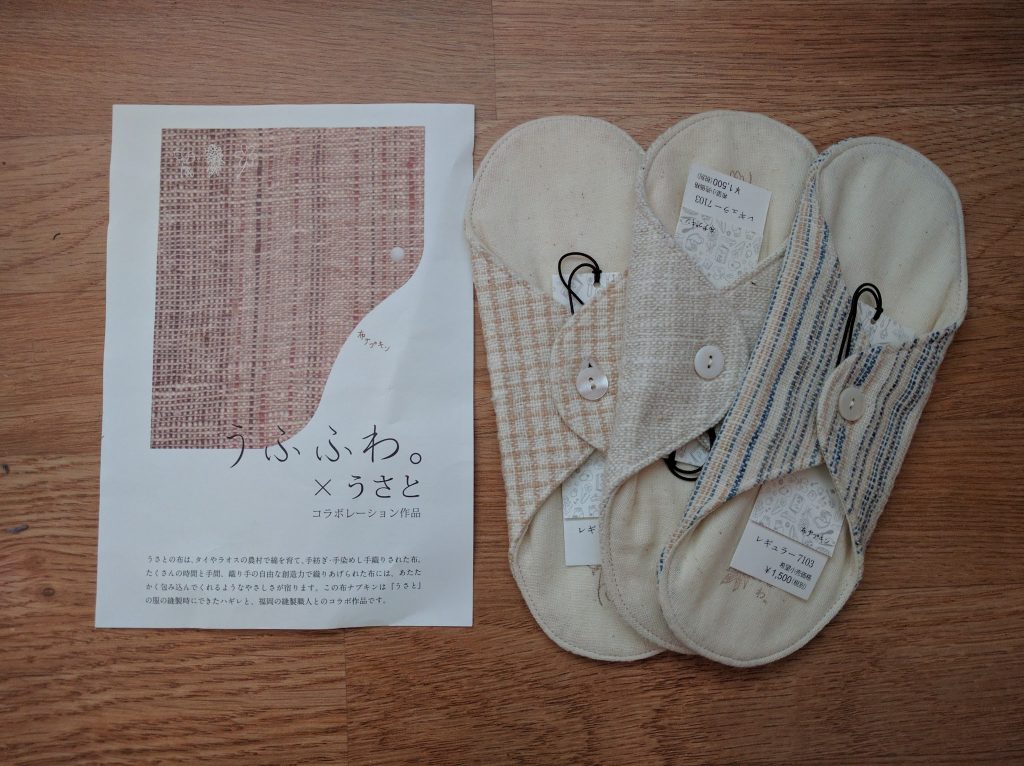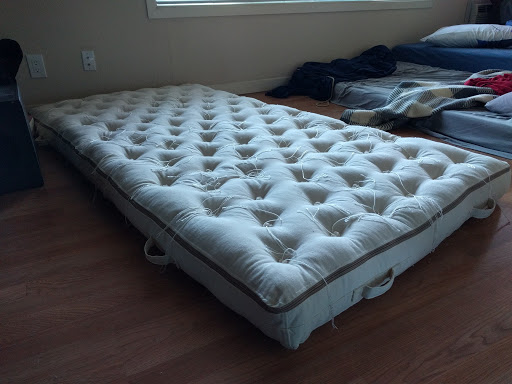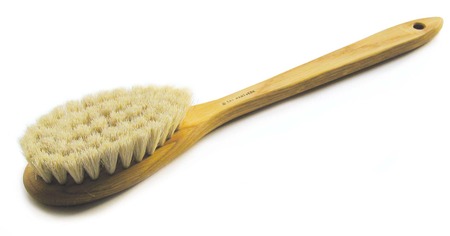Why did I decide to make a mattress? Well, I started researching and kinda went down the rabbit hole…
I’d had my eye on Holy Lamb Organics wool mattress for a long time. It seems like a great company. They use organic cotton and organic/sustainably sourced wool. But the mattresses only come in 4″ and 5″ thicknesses (seemed a bit thin for my then-tastes) and are fairly expensive ($1300 or $1600 for twin XL, depending on thickness).
So I started doing more research into sustainable and some conventional mattress options.
I found several other (seemingly lesser) brands, and then I came across DIY Natural Bedding. This is a company that supplies the parts for people to assemble their own mattresses and other bedding, like comforters and pillows (!!!!). So cool!! And almost all of the parts are sustainable. For example, all their fabric is organic cotton, grown and milled in the US. The wool is basically organic (not certified, but still sustainable).Their latex is organic. They also do custom work, e.g. for furniture.
The DIY Natural Bedding website is rife with inspiration. I figured if I were going to assemble the mattress myself, I might as well go all the way and make the parts myself too. You know I love crafts!
I decided to make a wool mattress, as opposed to latex, for a few reasons. Wool can be raised domestically; latex comes from rubber trees, which only grow in tropical regions. The latex from DIY Natural Bedding, in particular, is from Sri Lanka, which is far away. Latex mattresses last a long time (30 years!), but wool lasts even longer (100 years!!!!, with some maintenance). If I ever decide to dissemble my mattress, it would be easier to repurpose wool than to repurpose a rectangular chunk of latex foam. I am absolutely certain that wool is biodegradable; I’m not sure about latex.
Lastly, wool mattresses are traditional. I know, I know, not a great reason. But I am solidly part of the modern reskilling movement, and think that it’s important to preserve traditional crafts. How to make a cotton mattress is an old document I heavily relied on for construction ideas.
Here’s a cute story about how long wool mattresses last. Here’s another cute story.
